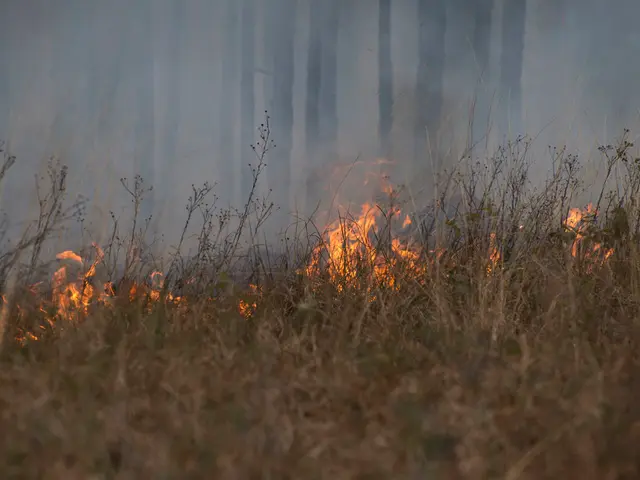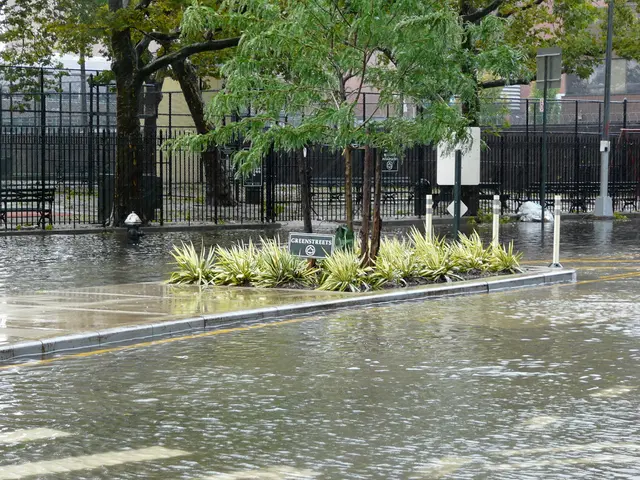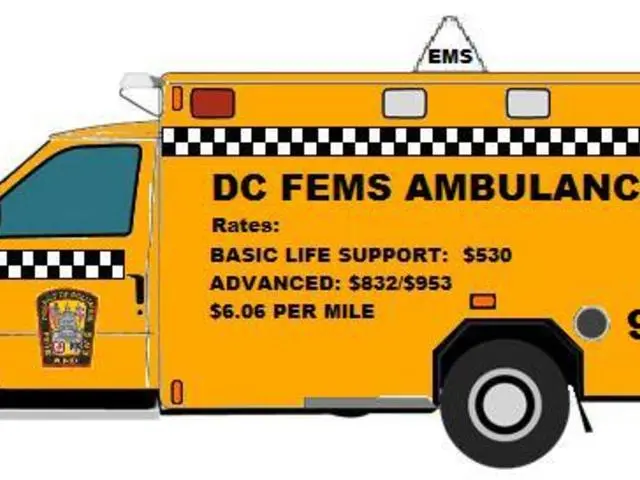Five individuals sustained injuries in a traffic mishap on an icy roadway close to Schotten, Vogelsberg district, on a chilly Sunday. As per police reports relayed on Monday night, a 24-year-old driver lost control of their vehicle on a sharp left bend of a country road, sliding off the slippery, snow-covered surface. The passenger side of the car collided with a tree. The unfortunate incident left the driver and four other occupants, ageing between 16 and 17, with injuries; two of them suffered severe damage. Weekend Germany witness a series of accidents due to treacherous black ice and slush. As the cold temperatures continue, vast portions of the country anticipate snow, ice, and slush at the onset of the week.
The incident stirred concerns about traffic safety, as sub-zero temperatures and challenging weather conditions persist. Despite numerous accident reports due to black ice and slush throughout the weekend, forecasters predicted further snow, ice, and slush in certain areas at the start of the week.
Snow and severe weather conditions in Germany frequently result in numerous traffic accidents. For instance, recent snowfalls in northern Germany prompted numerous accidents across Mecklenburg-Vorpommern, Hamburg, Lower Saxony, and Schleswig-Holstein on Thursday night. Rampant public service strikes and the frigid road conditions added to the hazards.
Drivers can mitigate the risks associated with winter weather by observing several practices. For instance, winter tyres with a tread depth of 4mm are mandatory in many European countries during winter months. Regular maintenance of these tyres, such as ensuring proper inflation, extends their lifespan and boosts safety. Snow chains are also vital during hazardous conditions, especially in places like Austria, Czech Republic, Croatia, Finland, France, and others.
Windscreen wipers and windscreen washer fluid play crucial roles in maintaining visibility during heavy snowfall. Properly inflated winter tyres and the maintenance of necessary winter equipment, like snow brushes and ice scrapers, also contribute to safer driving.
Drivers should adopt slower speeds, especially when using snow chains, and maintain a safe following distance to allow ample time to react to unforeseen events. Road maintenance practices, including regular gritting and clear signage, also bolster safety. Finally, driver education programs that teach winter driving techniques and raise awareness about winter driving safety can encourage more drivers to take proactive precautions, enormously improving overall traffic safety and minimizing accidents in winter weather conditions.








